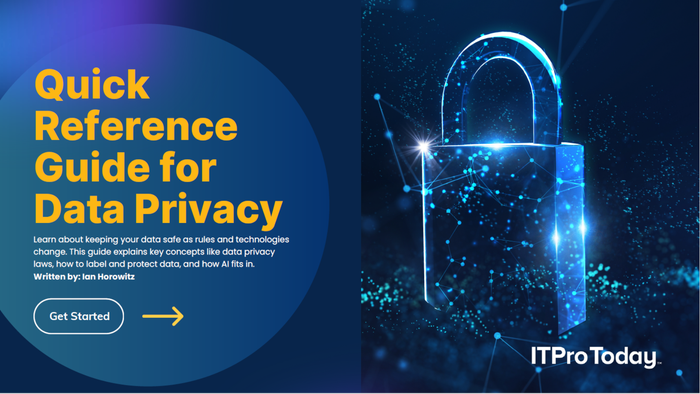Microsoft 365
microsoft logo on a building.jpg?width=700&auto=webp&quality=80&disable=upscale)
Windows 11.jpg?width=700&auto=webp&quality=80&disable=upscale)
Microsoft in 2024: Top Stories (So Far)Microsoft in 2024: Top Stories (So Far)
Our most-read articles about Microsoft explore the company’s AI endeavors, formidable security hurdles, and ethical challenges.
Sign up for the ITPro Today newsletter
Stay on top of the IT universe with commentary, news analysis, how-to's, and tips delivered to your inbox daily.

.jpg?width=700&auto=webp&quality=80&disable=upscale)
.jpg?width=700&auto=webp&quality=80&disable=upscale)
















.jpg?width=100&auto=webp&quality=80&disable=upscale)




















.png?width=300&auto=webp&quality=80&disable=upscale)
.jpg?width=700&auto=webp&quality=80&disable=upscale)


_(1).png?width=700&auto=webp&quality=80&disable=upscale)

.png?width=700&auto=webp&quality=80&disable=upscale)